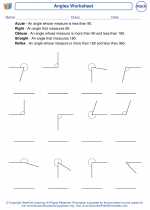What is Measure?
Measure is the process of determining the quantity, dimensions, or capacity of something using standard units. It is an important concept in mathematics and is used to describe the size, length, weight, volume, or area of objects and quantities.
Types of Measures
There are several types of measures in mathematics, including:
- Length: The measurement of the distance from one point to another, typically expressed in units such as inches, feet, meters, or kilometers.
- Area: The measurement of the size of a surface or two-dimensional space, usually expressed in square units such as square inches, square feet, square meters, or acres.
- Volume: The measurement of the amount of space occupied by a three-dimensional object, often measured in cubic units like cubic inches, cubic feet, cubic meters, or liters.
- Weight: The measurement of the heaviness of an object, commonly measured in units such as pounds, ounces, kilograms, or grams.
- Time: The measurement of the duration of an event or the interval between two events, typically expressed in units such as seconds, minutes, hours, days, or years.
Units of Measure
Units of measure are standardized quantities used to express measurements. For example, the standard unit of length in the metric system is the meter, while in the customary system, it is the foot. Similarly, the standard unit of weight in the metric system is the gram, while in the customary system, it is the pound.
Study Guide
Here are some key points to remember when studying measures:
- Understand the different types of measures: length, area, volume, weight, and time.
- Learn the standard units of measure for each type of measurement.
- Practice converting between different units of measure within the same system (e.g., meters to centimeters) and between different systems (e.g., meters to feet).
- Use measurement tools such as rulers, tape measures, scales, and clocks to gain hands-on experience with measuring different quantities.
- Apply measurement concepts to real-world problems and scenarios to understand the practical significance of measures.
By understanding the concept of measure and mastering the skills related to different types of measurements and units, you will be well-prepared to solve a variety of mathematical problems and make sense of the world around you.
.◂Math Worksheets and Study Guides Fifth Grade. Angles

 Worksheet/Answer key
Worksheet/Answer key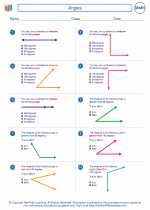
 Worksheet/Answer key
Worksheet/Answer key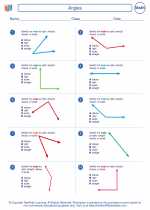
 Worksheet/Answer key
Worksheet/Answer key
 Worksheet/Answer key
Worksheet/Answer key
 Worksheet/Answer key
Worksheet/Answer key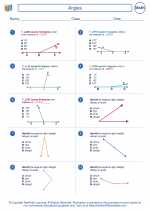
 Worksheet/Answer key
Worksheet/Answer key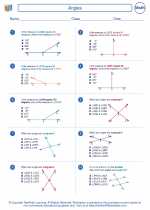
 Worksheet/Answer key
Worksheet/Answer key
 Worksheet/Answer key
Worksheet/Answer key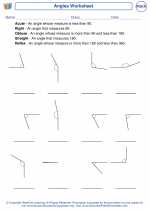
 Worksheet/Answer key
Worksheet/Answer key
 Worksheet/Answer key
Worksheet/Answer key